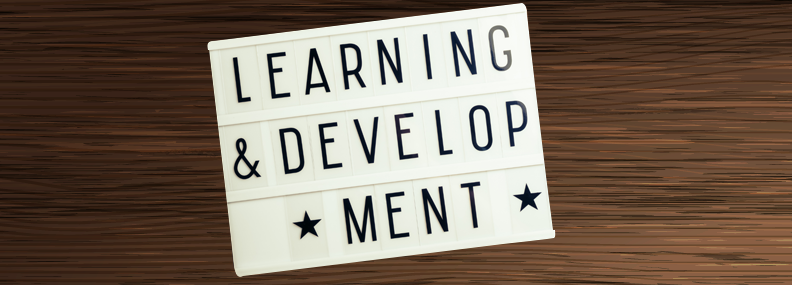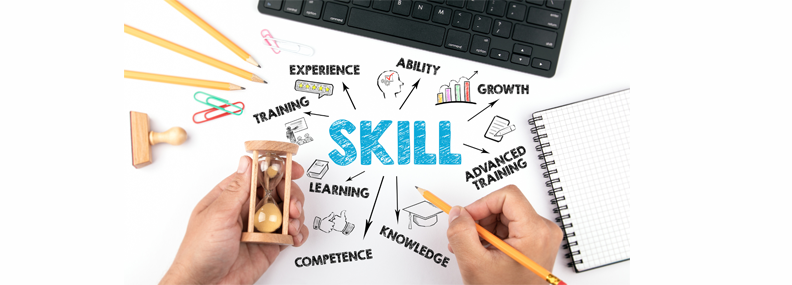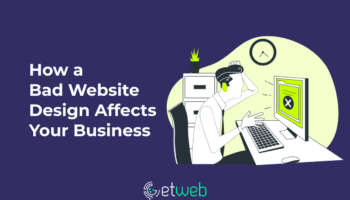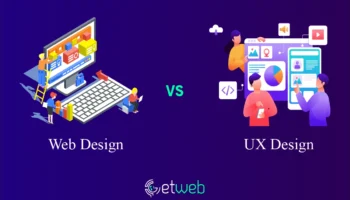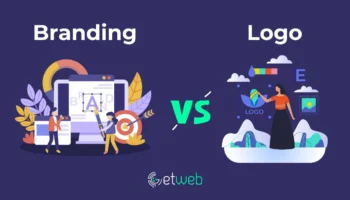The sector of Shopify development is growing faster than ever. It has become the fastest SaaS company to reach the $1 billion-dollar revenue mark. With the rise of online shopping, the need for a versatile online store is also skyrocketing. If you are interested, it’s high time to pursue a career in Shopify development.
This article will provide a brief overview of the step-by-step process of becoming a Shopify developer from scratch. We’ll also talk about the career opportunities and share some valuable resources that can help you head in the right direction. Let’s get started.
What is Shopify?
Shopify is a specialized eCommerce platform that can streamline your online business. This platform allows you to set up an online shop within just a few clicks. You’ll also be able to customize your website without writing any code. If you are interested in opening an online shop but don’t want to create a website, Shopify can help.
With features like secure and easy transactions, dynamic marketing/analysis tools, reliable hosting, and versatile third-party integration, Shopify has become one of the most widely used eCommerce solutions across the globe. No matter what your online business is, Shopify can help you grow.
Who is a Shopify developer?
Shopify developers are basically software developers that use the Shopify platform to create eCommerce websites. They have extensive knowledge of how Shopify works and how to add, remove, or customize various features using tools like REST APIs or GraphQL.
Shopify developers excel at front-end development, user experience (UX) design, and third-party app integration. They are expected to have extensive knowledge of eCommerce features like order/inventory management, navigation, checkout system, customer relation modules, and payment gateways.
In other words, Shopify developers can take care of your Shopify web store exclusively. They know everything your online business is going to need and are ready to help.
Roles and responsibilities
“Shopify developer” is a fairly new job and the responsibilities vary from place to place. However, the core responsibility of a Shopify developer is to use web development technologies to create interactive solutions as per the client’s demand. Here are some other roles and responsibilities that people usually expect from a Shopify developer:
- Drive sales and revenue through useful and interactive user experience
- Create custom Shopify themes
- Have extensive knowledge about all things related to online shops
- Collaborate with UI/UX design team to create a seamless front-end user experience
- Testing the website to find and eliminate bugs
- Provide technical support and coordination when needed
- Optimize the website for better performance and conversion
- Have sound knowledge about marketing tools, and platform APIs
- Install and customize Shopify apps
How to become a Shopify developer
Here’s the roadmap you’ll need to follow if you want to become a dedicated Shopify developer:
Step 1: Learn to code
As a Shopify developer, you’ll need to have coding skills to customize your web solution. Whether it’s front-end development, back-end integration, or theme/plugin development, you should have the necessary skills in related technologies and languages.
For the front end, Shopify uses HTML, CSS, and JavaScript. Most Shopify apps are built with Ruby, PHP, and Python. You should have basic proficiency in using these languages as well. For those who are interested, we’ll provide the necessary resources for learning all these at the end of this article.
Shopify also features a templating language named “Liquid” that can offer a range of functionalities. You’ll also need to get familiarized with this templating language, a version control system like GitHub, and the basic uses of the command line.
Step 2: Sign Up
The next step is to become a Shopify partner. With a simple and free sign-up, you’ll be able to join a community of professional Shopify developers, app partners, merchants, and other Shopify professionals from around the world. The platform offers access to the Shopify partner academy where you’ll find free online courses on everything related to Shopify.
Additionally, this platform offers referral earnings of up to 20% of your client’s fee if they join through you. You’ll also get priority support through multiple channels.
To get started, visit the official website of Shopify’s partner program. Once you are signed in, we’ll move to the next step on our roadmap.
Step 3: Create your development store
The next job will be to get yourself familiarized with Shopify’s environment. This is the stage where you’ll learn about how things work in Shopify, what they can do, and what they cannot. It is the perfect place for testing new demo websites/apps, collaborating with your team, and streamlining the process.
Once you see the dashboard, you’ll notice there are some tools on the left sidebar. Take your time and try finding out their functionalities and limits. You may not need to use any other tools than the store dashboard. However, as you advance, you’ll get to know all the other tools as well.
Step 4: Get to know the Dawn theme
“Dawn” is the name of the default theme for Shopify. You can customize this theme as a practice test for your online store. Dawn is a minimalist theme that fits most eCommerce websites. Shopify is also equipped with a Shopify Theme Editor, which will help you develop new themes easily.
However, you’ll need to learn the functionality of the “Dawn” theme and the theme editor. The default Shopify theme editor is equipped with online store 2.0 features for a smoother overall experience. If you decide to become a Shopify theme developer, this is where you’ll need to spend most of your time.
Step 5: Learn Shopify theme file structure
It’s also important to know how the template files work in the Shopify platform. Everything a visitor sees on an online shop can be described as “files”, and Shopify follows a slightly different approach when it comes to managing these files. You’ll need to know how all those files work together and how you can manage them as per your needs.
If you want to customize your Shopify theme, you’ll need to access those files. Accessing is simple, you just have to hover over the “Action” button from the “Themes” page, and select “Edit code”. You’ll get access to these 7 types of files located in different folders. The file types are:
- Layout — This is where you keep the codes that are live on every page
- Templates — These are pre-built designs for single web pages that you can modify
- Sections — Reusable components that you can use on any page
- Snippets — Smaller, reusable codes built to achieve a single task
- Assets — This is where you keep your JS and CSS files
- Config — These files are used to customize your theme’s settings however you like
- Locales — Here you’ll store translation-related .json files
Step 6: Learn to use meta fields
Metafields are used to create additional fields for your content. This is especially useful when you want to add new and unconventional information about the product. For example, If you want to add information like the product description, title, tags, and price, You can do that easily in Shopify.
However, if you want to add some additional information that doesn’t fit in the format, you can use meta fields to do that. Let’s say you want to add some more information (like release date, ingredient lists, color swatches, etc.), but it doesn’t go with the overall presentation. Metafields can tell Shopify that you need another type of information to be added to the product page.
This way, you can make sure that your visitor gets all the information they need without writing any codes. If you’re interested to learn more, check out Shopify’s documentation.
Step 7: Get familiarized with tools
Once you dive deep into development, you’ll need to work with various tools that Shopify offers. There is a code editor built into the default theme itself where you can access and update the necessary HTML, CSS, JS, and Liquid files.
The biggest problem with this approach is that you can’t use useful features you find in a standard code editor. However, Shopify also features a set of tools that can help you enjoy a wide range of features (like real-time monitoring). Play around with the tools to know how they work and what benefits they offer.
Step 8: Develop your portfolio
By now, you’re familiar with the Shopify development environment and all the features. It’s time to get to work. Start solving problems through your Shopify development and create a rich portfolio that you can leverage to score your first job.
Unlike most people, try to Present each case study in your portfolio in an organized manner that showcases your problem-solving and developing skills instead of just posting the link to the finished project. If you provide a detailed case study that highlights your capabilities, you’ll get a competitive advantage in the job market.
If you are just starting and have no projects to display, that’s okay. You can use the platform and tools to create custom blocks, templates, plugins, or even entire themes. Decorate your portfolio with works that highlight your improvement over time.
Step 9: Join the community
If you want to keep becoming better at Shopify development, you’ll need to join the ever-growing Shopify community. The community is vast and full of helpful people that want to share knowledge and love to solve problems.
The ecosphere of the Shopify community is spread over multiple channels. They are on Youtube, Twitch, Discord, Twitter, Slack, and more. In those forums and platforms, you’ll also find good mentors and problems to solve. Start solving problems and stay connected with the community.
However, it wouldn’t be wise to solve everyone’s problem for free. Focus on the small tasks instead. You can also join seminars, meetups, and other events that can help you build authority on the subject over time.
Skills needed
Here are the skills you’ll need as a professional Shopify developer:
Technical skills
- HTML
- CSS
- JavaScript
- PHP
- Python
- Liquid
- Ecommerce migration
- Basic SEO
- Ruby on rails (ROR)
- How to use Google Analytics
Non-technical skills
- Great communication
- Problem-solving
- A learner’s mindset
- Good interpersonal skills
- Good knowledge about the Shopify platform
Career opportunities
The number of digital shoppers is increasing rapidly; so is the need for a custom eCommerce solution. As a result, becoming a Shopify developer has potential.
You can work as a freelance worker, or join any agency, or Shopify theme shop. There you’ll be in charge of developing hyper-functional and visually stunning Shopify themes. The payment is also great.
Glassdoor says, as a junior Shopify developer in the USA, you can earn around $170k a year on average. If you are skilled and experienced enough, that payment can reach $250k annually or even more.

 Let's Talk
Close
Let's Talk
Close



